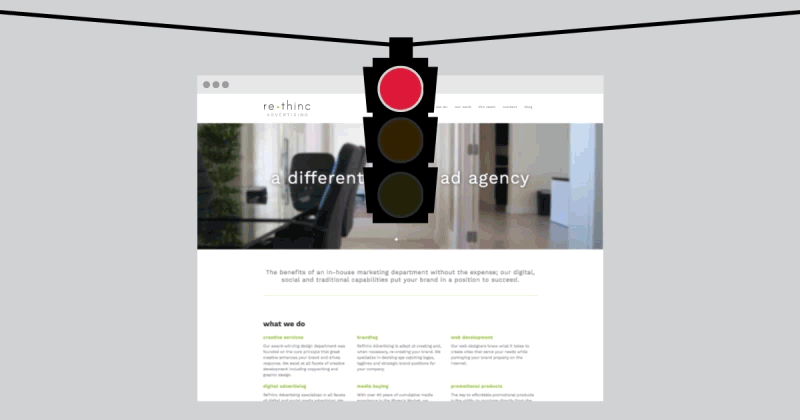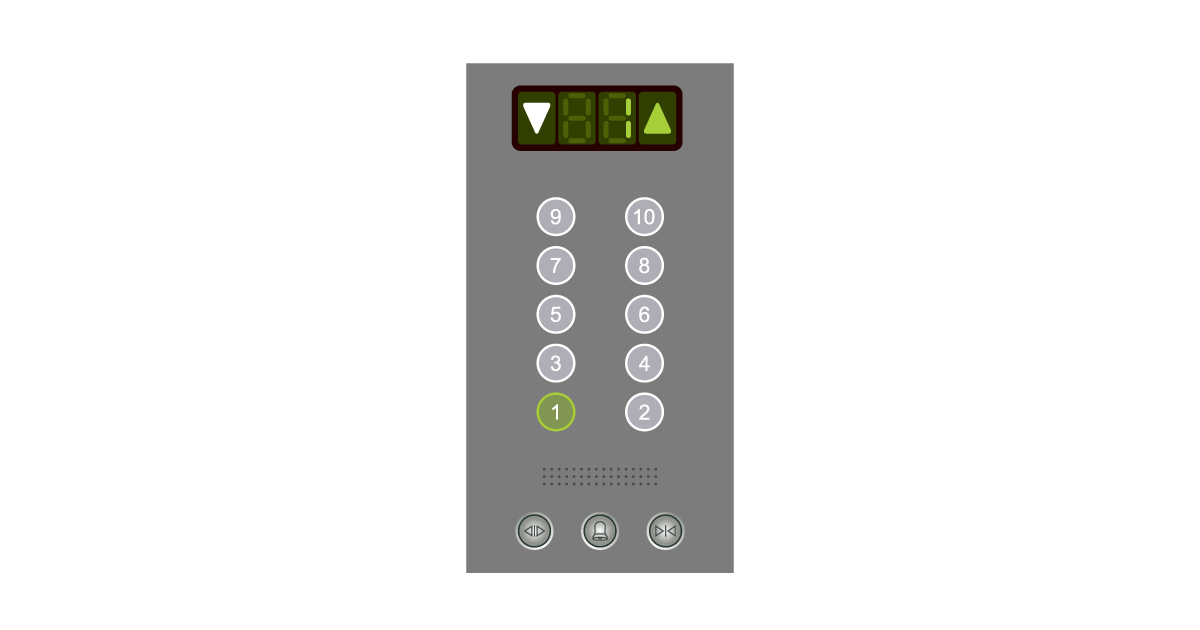
Bot Stop – Green Light Your Ad Impressions
My very brilliant and slightly cynical digital manager is quick to reply to many of my blog submissions with a “what’s your point?” or a “how does this help/position us better to clients…” which can be challenging but only because he’s right. I have a relatively loosely structured strategic plan for blog writing topics. The topic almost always sources from some timely interaction with a client or a vendor. All I really want is for people who read it to derive some benefit.
This month’s blog might be a good read for both clients, non-clients, and sellers alike.
I recently queried a traditional advertising rep who had just sold me a pretty hefty proposal with a mix of content, traditional ads, digital content, event space and everybody’s favorite frosting, digital impressions. I asked her … “how do you manage your digital inventory to make certain my impressions are not generated by bots?”
Awkward silence …
“I don’t know, no one has never asked that question …” was the answer which made me feel both smug and slightly concerned about the deal I had just brokered. She promised to check with her digital staff and get back to me. It took a few days but her answer, thankfully was a good one:
We use a MOAT Analytics platform to monitor bot activity on our sites and ads. Over the last 30 days, less than ~0.5% of our ads were delivered to known spiders and bots as determined by the IAB/ABC International Spiders and Bots List. The MOAT platform is certified and accredited by the MRC for this measurement. In addition to this, our impression-based campaigns are buffered with an additional 1 – 2% of the purchased impressions to account for this and to ensure delivery in full and on schedule.
That’s a good answer. If you sell digital inventory, you need to know yours. If you buy digital inventory, you need to ask and listen carefully to the answer. If you own a digital ad agency in Phoenix, you need to be an expert in bot traffic and how to properly manage any negative impact it can have on your client’s ad campaign.
For the purposes of this blog I asked three other traditional media reps who also sell digital inventory the very same question. Not one knew the answer and none of them have gotten back to me yet. To be fair it’s only been a few days and I probably come across a little antagonistic since I don’t have any pending deals with them. The point is if you are selling impression based digital advertising, you should know that answer.
On the buy side there are steps that we take to ensure that the traffic we are reporting to our client is 100% legit. The first thing we do is rarely buy from an outside source like a traditional media provider. When we are executing a digital buy, we filter out traffic from known bots and spiders. Next, we monitor our analytics in order to identify any potential sketchy traffic as bots can come from new sources rather quickly. We look for short session times, fishy hostnames, 100% bounce rates, or a questionable referral traffic source. Lastly, we make sure that we are buying impressions from websites that make sense for our client. Often times, people who sell impressions don’t really care about the quality of the impression, they simply want to deliver a number.
The migration of revenue to digital platforms and the subsequent challenges posed by invalid traffic has spawned an industry of companies that provide brand safety solutions across display, video, mobile, and more. That doesn’t mean that providers use them nor does it mean that you can buy digital assets without doing your due diligence.
At ReThinc, being a leading digital ad agency means staying on top of these issues and making sure that we eliminate fraudulent impression counts generated by bot or spider traffic. The problem is a challenging one that requires diligence, expertise, and an ever so cynical digital manager.
Want a more light-hearted read on this subject we wrote back in April 2016? Click here…



